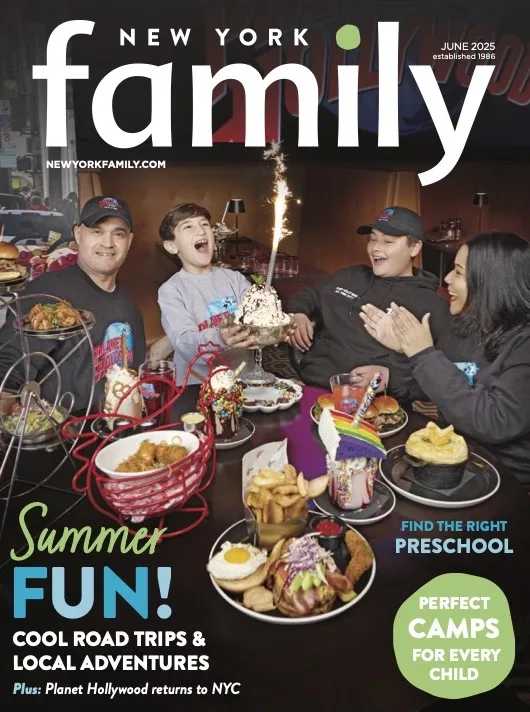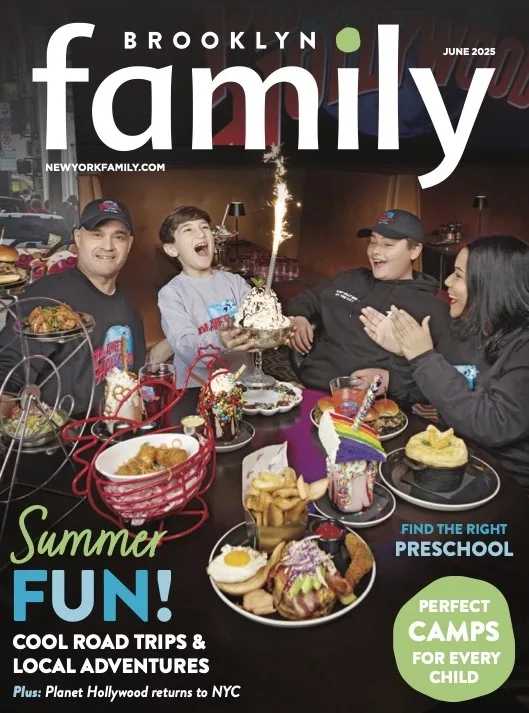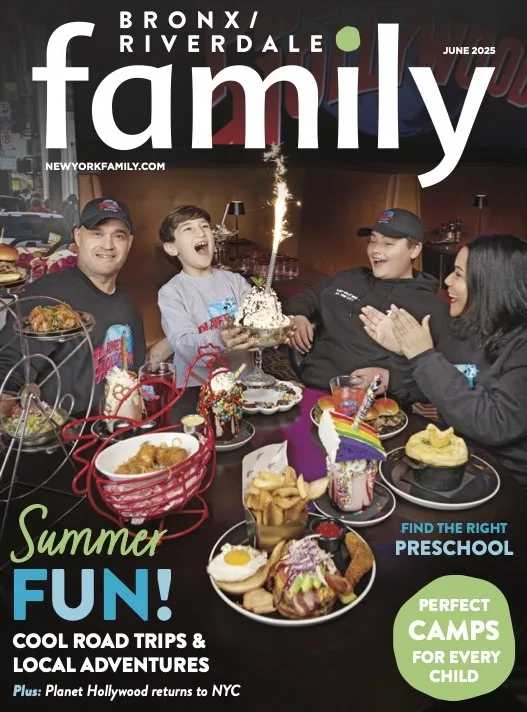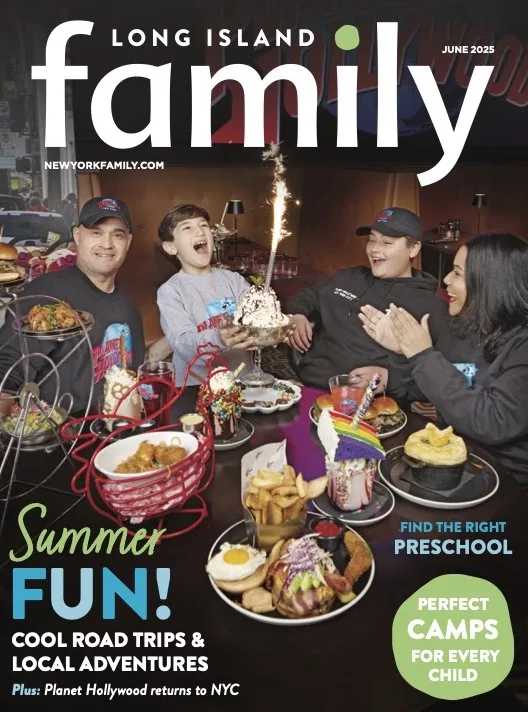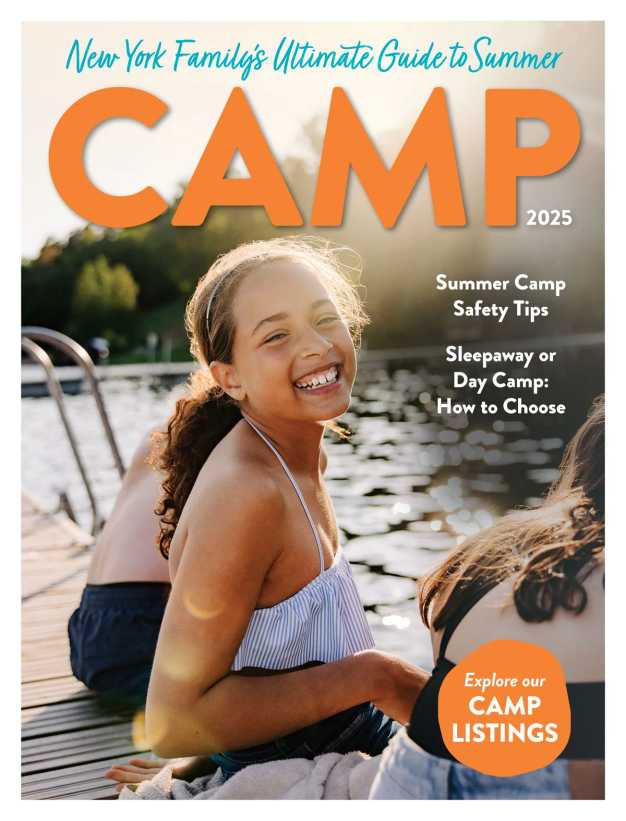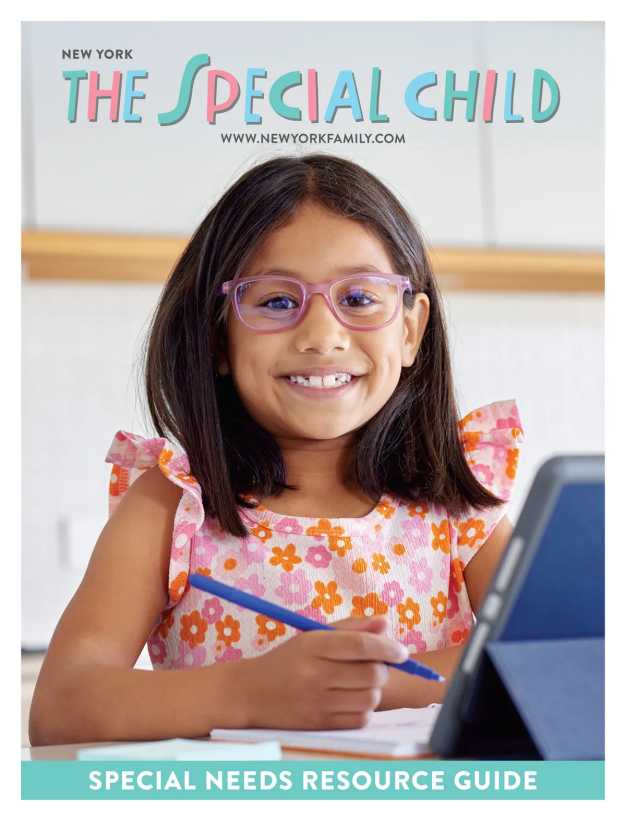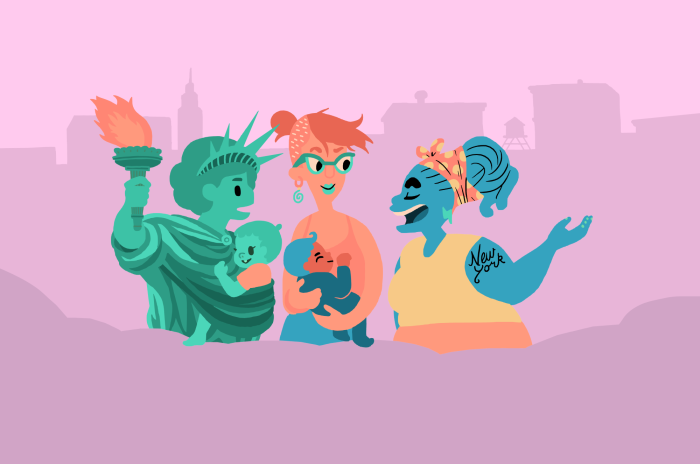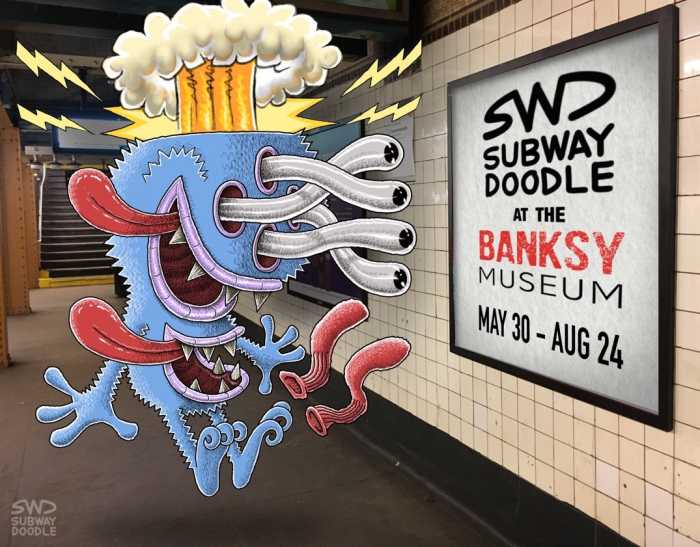If you have an anxious pup, you know how even the smallest noises or changes in the layout of your home can send your dog running and hiding. Like anxious people, anxious dogs need some extra attention to help them calm down and self soothe, but with a few small changes in your home, you can help your precious pet feel more at ease and comfortable. We asked Dr. Kurt Venator, chief veterinary officer at Purina, for some tips on creating a safe and healthy environment for anxious dogs at home.
“Dogs and cats have innate needs and behaviors that we should account for in both how we design our living spaces and how we interact with our pets in those spaces, especially if your pet is new to your home or recently adopted,” says Dr. Venator. “In your home, you can help eliminate anxious behaviors in your pet by creating a happy place where your pet can feel safe and secure. This includes finding an ideal spot for your pet’s crate or a comfortable bed they enjoy with their favorite toys.”
Here are some design considerations from Dr. Venator:
1. Consider neutral wall colors. Despite popular belief, dogs and cats are not color-blind. In fact, they see many of the colors that we see and can actually see better than humans in dim or low light. They also see the ultraviolet part of the spectrum, which means some materials (such as bright white man-made materials like paper, plastic, or fabric) appear fluorescent to dogs, which can be visually jarring. The ideal color palette for pets consists of light hues in the soft yellow to soft violet range.
2. Add carpeting. Place rugs on the floor to prevent slipping and also to provide extra comfort on your dog’s feet and body.
3. A window with a view. Provide access to an outdoor-facing window to comprehend external stimuli and events.
4. Consistency is key. To help prevent anxiety in a nervous pet, it’s important to provide a structured and consistent routine for him or her that includes socialization, exercise, and regular feeding habits. Interaction through toys and grooming are also great opportunities for pet-owner engagement and rituals your pet can do to develop familiarity. CleverPet hubs are game consoles for anxious dogs, and it’s a great way to keep them busy — especially if you’re out of the house for a few hours a day.
5. Find help. If your pet continues to show signs of anxious behavior — especially around certain people, places, or objects — it’s best to consult with your veterinarian, a certified animal behaviorist, or a certified dog trainer to see if he or she can evaluate your pet and provide appropriate suggestions. If it’s not possible to avoid the stimulus that is triggering the dog’s anxious behavior, experts can work with you to develop a behavioral plan that can help alleviate your dog’s fears.
6. Stay calm. Keep in mind that dogs look to their owners for reassurance, so showing them that we are calm and relaxed as much is possible is likely to help them understand there is nothing to be scared of and no legitimate reason to feel anxious.
7. Consider medication. As a last resort, some dogs do require special medications known as anxiolytics to control their anxiety. These would be administered in tandem with a behavioral plan. Again, consult a veterinarian to see if this is a viable treatment option.
Danielle Sullivan is a writer living in New York City. Follow her on Instagram @Deewrite.

